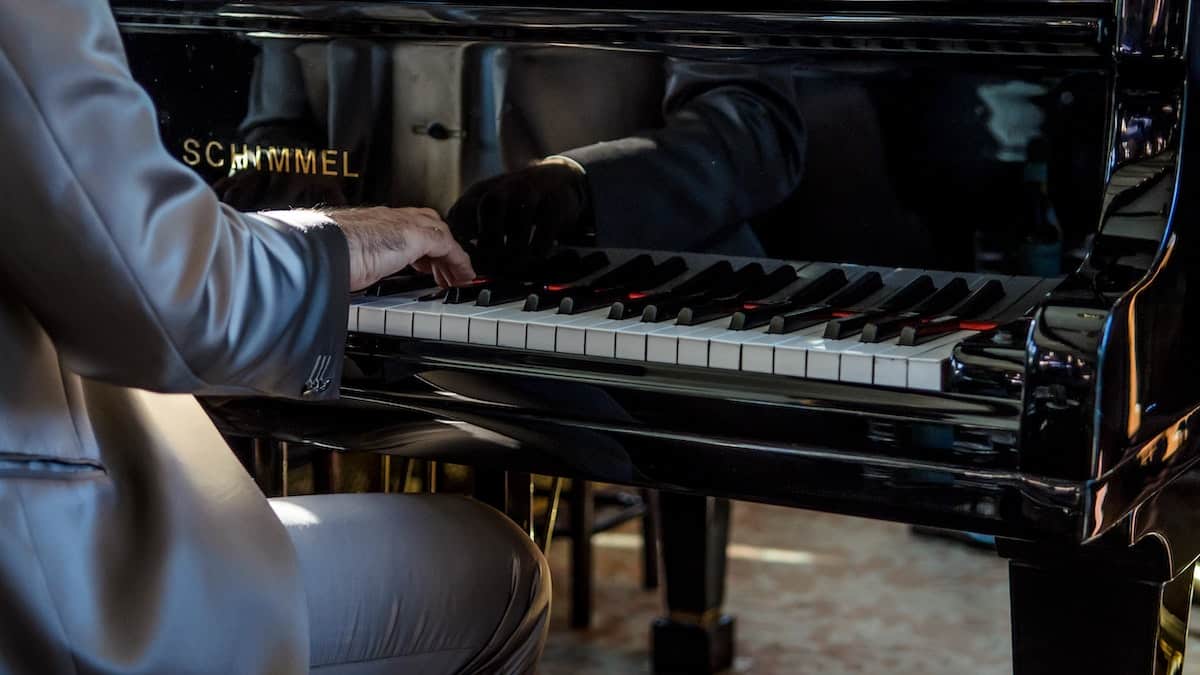Columns
How to Create a Unique Personality

Understanding and Blending Your Influences – again JGT Contributor Mark Stefani provides some valuable tips from his popular Coach’s Corner series.
In this edition of the Coach’s Corner series I want to spend some time discussing an issue that is highly relevant to every musician, regardless of their instrument. I’m talking about our quest to find a unique voice, which sometimes might appear to be an impossibility given the number of players and the overwhelming wealth of music that’s been played, composed and recorded throughout history. Nevertheless, there are so many factors that determine who we become, and potentially you are the one who has ultimate control over your eventual destiny as an expressive artist.
For starters, let me remind you that no two players are exactly alike, even if they play the same instrument, have the same path, the same instructor, the same total years of experience or even the same listening preferences.
So it’s pretty hard to avoid being unique to begin with, yet many players truly don’t understand just how much power they have in sculpting something special, creating a highly personal end result.
All of this ties directly into one of my favorite topics, transcribing (aka learning by ear). While this pursuit remains the most effective means of acquiring knowledge specific to each one of us, it still doesn’t mean that you will end up sounding like that influence, or for that matter like a fellow player who has also transcribed from the same source. It’s analogous to language and the way we speak. Ever notice how each of us has a certain tone and vocal delivery? Sometimes it amazes me when I talk to someone I haven’t heard from in many years, and how I’ll instantly recognize the voice.
With the above being said, the gist of this article has more to do with elevating our uniqueness by the way we choose and then blend our influences to any degree desired. This is where the subject really gets interesting, because the variables are numerous and the combinations equally as numerous. I’ll try to set the table with some possible scenarios, just to underline the potential of what can be accomplished with a little bit of artistic vision combined with the hard work required to achieve the goal.
Okay, let’s say your thing is blues guitar and you choose Albert King as your main mentor and influence.
Embed from Getty ImagesNow, while you’ll never become or sound exactly like him, if someone said you sound like Albert I’d just say “thank you” and take that as a great compliment. But what if you split your efforts between him and Buddy Guy, T-Bone Walker, B.B. King, or any number of similar blues influences? Get the idea? It’s like creating a recipe, and believe me, this dish is going to taste pretty good :-).
In like manner, let’s talk about jazz guitar and then expand on that. What if you selected Wes Montgomery as your main man, the way he once chose Charlie Christian? What’s the
You see, I love the creative possibilities and by expanding I mean taking it beyond the guitar itself, since the music will always transcend the instrument we play.
I’m a good case in point, because in jazz my main influence is not a guitar player at all, but pianist Oscar Peterson.
Embed from Getty Images
I’ve also been heavily influenced by sax players like Bird and Trane, trumpet legend Miles Davis, bassists like Ray Brown, Ron Carter, and so on. Add these non-guitarists to Wes, George, Kenny and all of my guitar heroes, and what you have are players that represent who I am as an artist with a unique “team” of mentors. That’s my blend of influences. How about you? Think about it.
-
Jazz Guitar Lessons2 weeks ago
New JGT Guitar Lesson: Analyzing “Without A Song”
-
Jazz Guitar Lessons4 weeks ago
New JGT Guitar Lesson: Considering “Falling Grace”
-
Artist Features1 week ago
New Kurt Rosenwinkel JGT Video Podcast – July 2024
-
Artist Features3 weeks ago
JGT Talks To Seattle’s Michael Eskenazi




















